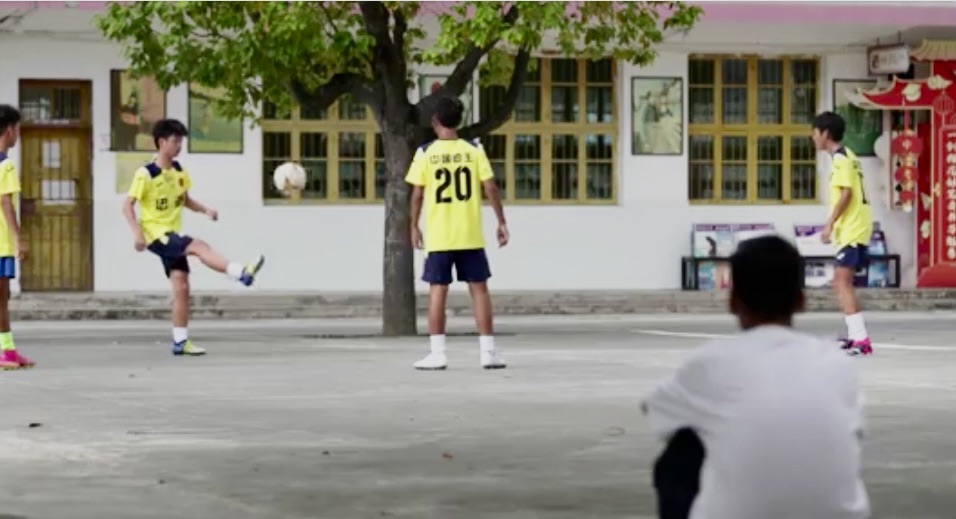
Let’s talk football! As I write this article I can hear the familiar shouts and cries of football mad children drifting through my window from the middle and primary schools opposite, reassuringly familiar from my own countless years of watching impromptu matches while on duty in secondary school break and lunch times. Both schools have large artificial astroturf pitches where teams of enthusiastic youngsters kick footballs around in training sessions every evening and weekend. It brings back happy memories for me. From age 10 to 16 my son followed a youth football dream in England, training dutifully twice a week and playing his heart out every Sunday morning in youth league competitions. And in the context of youth obesity, adolescent mental health problems and social media addiction, how invaluable those opportunities were to healthy young adulthood.
So how healthy is the state of football these days in China? Despite the boundless enthusiasm of the youngsters below me, it seems to me China is still a long way from having a grassroots football culture similar to the one that makes the game a quintessential part of growing up in Britain. In the middle and high school where I am headteacher, football struggles to make an impression compared to basketball. There are a handful of armchair enthusiasts for top echelon clubs in the Premiership, but in ten years here I’ve never met a Chinese student even aware of my beloved Bolton Wanderers, currently languishing in League One. Sometimes in the mornings students will excuse their doziness by blaming waking up at 4 in the morning to watch a Champions League game. There are even a very rare number of students who justify their choice of London or Manchester as a university destination by proximity to Old Trafford or the Emirates. But it’s the National Basketball Association ( NBA) that steals the points for sporting glamour. At break times, my dreamers head to the basket ball court to become the next Stephen Curry or Lebron James, both superstars of the American basketball scene if ( like me ), you’ve never heard of them.
The contrast can be seen too at the edges of the culture. In the remote mountain village school I frequently visit in Yunnan Province, there’s a mountainside basketball court where the whole school , boys, girls, teachers, headteacher, turn out to play, but no football pitch. In an equivalent mountain village in Calabria, in Italy’s equally remote south, there was a dusty football pitch, where players built up their stamina chasing balls down the mountainside every time they evaded the skimpy fencing.
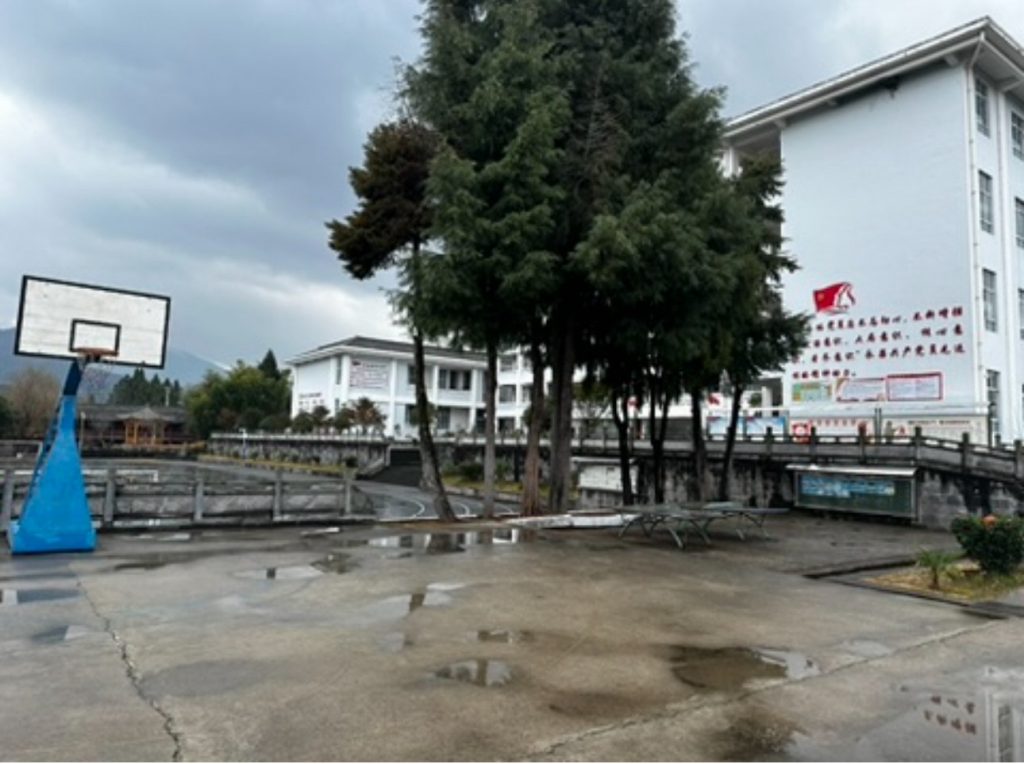
The uncertain position of football at grassroots level is a mirror of the challenges facing the sport higher up. In 2016 the CSL, the Chinese Super League, the equivalent of the Premier League in England was attracting football celebrities in the way the Middle East is now. Perhaps the most famous of these was the Argentinian Carlos Tevez who in 2017 made twenty very disappointing appearances for Shanghai Shenhua. Unfortunately at that time football in China was an investment bubble being over inflated by investors. The story is typified by Jiangsu Suning, bankrolled by the enormous Suning electronics company, whose money propelled them to be crowned CSL champions in 2020 and whose subsequent withdrawl of financial support led to a declaration of bankruptcy at the start of the next season.
There were fears the CSL would disappear completely during the COVID years, however the year 2023 saw the start of a possible revival financially. Revenues from tickets and the sale of merchandise have seen a positive trend over the past season, which is viewed as an indicator of healthy operation. The season witnessed an average of around 20,000 fans per match, with traditional powerhouses like Shandong Taishan and Shanghai Shenhua enjoying consistently high attendance figures. Impressively, newly-promoted Nantong attracted up to 12,000 despite their provincial location in the county-level city of Rugao.
However even this uptick in fortunes for the domestic game has not been able to revive the reputation and profile of football nationally. On the international football stage, the Chinese women’s team, called the ‘Steel Roses’ has outperformed its male counterpart since the 1990’s when the team took silver in the 1996 Olympics and lost the 1999 World Cup by a single penalty kick against long time rivals the United States. In the 2023 Asian Games hosted in Hangzhou China, the Roses took the bronze medal finishing behind Japan and the Democratic Republic of Korea.
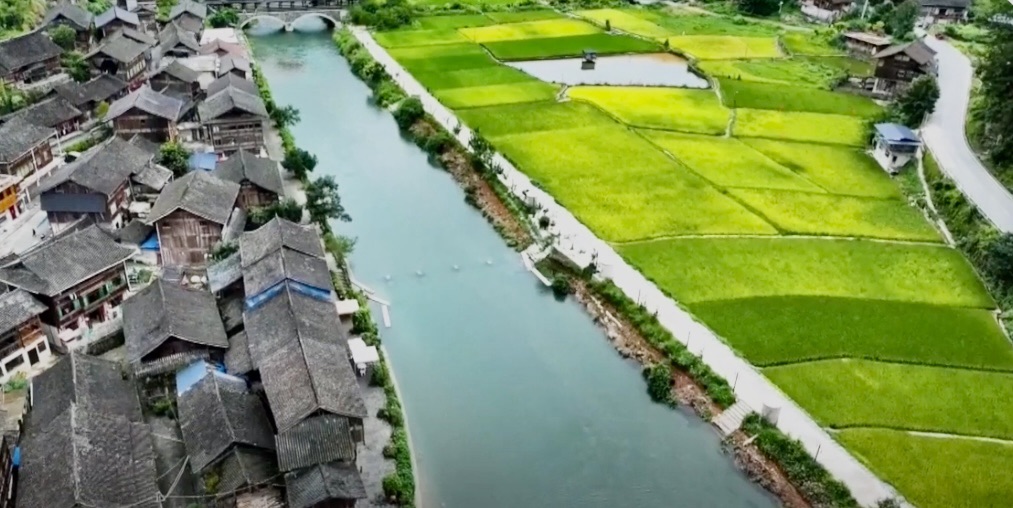
A small number of male Chinese players have made it to the hallowed turf of the elite leagues of England, Spain and Italy , notably Wu Lei turning out for Espanyol in Spain and Sun Jihai for Manchester City. However things had never worked out for the men’s team. A low point for national soccer pride came in September 2023 with a morale sapping 1-0 loss to Syria. Worryingly for the future there are currently no signs of improvements in fortunes at under 21 level. The last ten under 21 matches have seen a solitary win- against neighbouring and equally lowly Thailand. This very evening (Thursday 21st March) the full men’s team is away against Singapore in the Asian qualifying rounds of the World Cup. A nation will be holding its breath!
We started by asking about the health of football in China. Apart from flickering signs of vitality on the women’s game, the answer is ‘could be better’! However there could be a solution on its way, and one from an unlikely source. I doubt if even the most hard-core of lower league aficionados in England has head of the ‘Rongjiang Village Super League’,yet it recently signed a memorandum of understanding with the English Premier League as part of a broader effort to boost exchanges in the soccer sector. The deal was struck between an administrative body in Rongjiang county, Guizhou province, that manages the rural soccer league and the EPL at an event on the sidelines of the China Beijing International Fair for Trade in Services.According to the memorandum of understanding, the EPL will provide training courses to the Rongjiang league to promote soccer development in the local area.
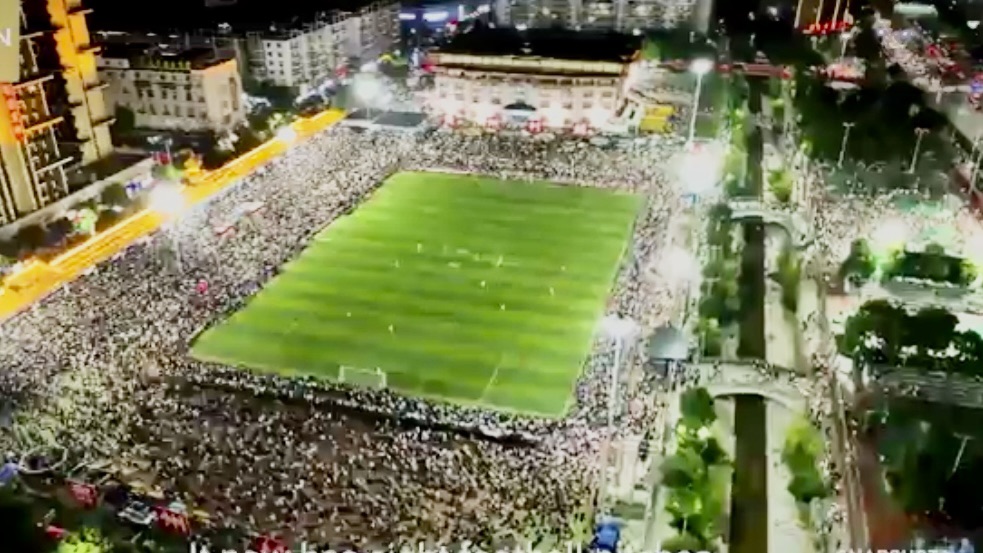
The Rongjiang league is part of an amazing new sport phenomena in China called ‘village football’. It is China’s own ‘grassroots football revolution’ and once obscure, remote Rongjiang is at the heart of it. It is a remarkable story. The whole summer of 2023 grassroots soccer matches in Rongjiang have been going viral on Chinese social media. The matches got the nickname of “cunchao” – or village super league – a playful reference to the country’s top professional league, the Chinese Super League. The attention reached its peak in late July when two village teams competed in the final for prizes sponsored by local villagers, including ox, lamb and pig.
Located in southeast Guizhou Province, Rongjiang is home to 16 ethnic groups. Over 80 percent of Rongjiang’s residents are from minority ethnic groups. Between soccer matches, local villagers showcase their rich ethnic diversity through performances and parades. National attention has opened up possibilities for economic growth in the obscure county, which was one of the last counties in China to be lifted out of poverty in 2020. But this summer, social media frenzy has turned it into one of China’s hottest tourist destinations. From mid-May to late July, the operating income of the county’s accommodation industry has surpassed 37 million yuan (about $5 million), an year-on-year increase of over 170 percent. So far, Rongjiang has attracted more than 2.5 million tourists this summer, earning a tourism income of 2.8 billion yuan.
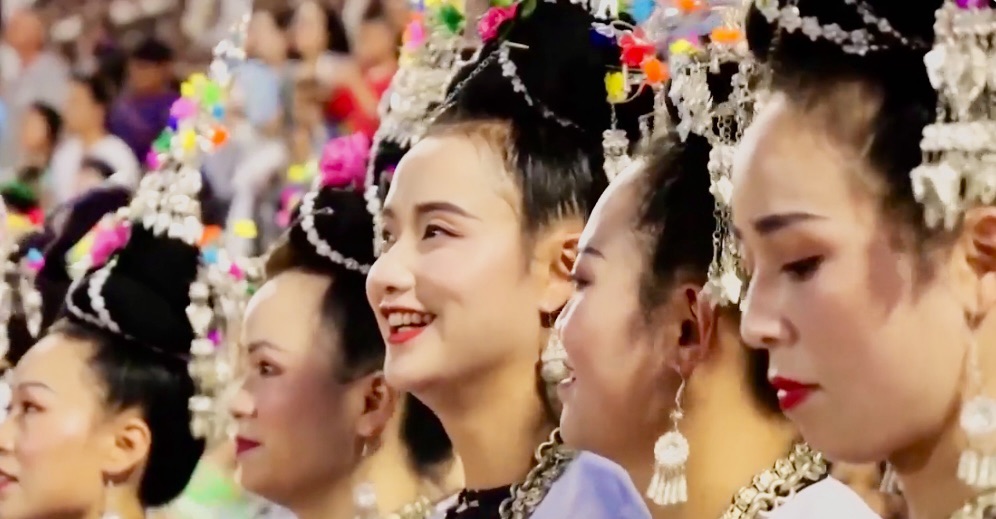
Rongjiang boasts a strong sports culture. Football allegedly took root in Rongjiang over 80 years ago and large-scale village soccer matches have been held for over a decade. In 2021, the county was chosen as one of the first batch of national pilot spots to develop the sport. The Rongjiang Village Super League started on May 13 and concluded on July 29. Featuring 20 teams comprising amateurs from local villages, the event received more than 30 billion views during the whole competition.
The down-to-earth nature of ‘cunchao’ even attracted former England soccer star Michael Owen, who sent his congratulations via an online video. In following months, over 270 teams from different cities and counties across China are expected to get together and compete in the remote county in southwest China. With a theme of delicious food, the audience will not only see passionate soccer players sweating on the pitch, but also taste delicacies from those players’ hometown.
Each team is named after a local specialty, ranging from local agricultural products to various dishes and snacks, so scrolling through the team list feels like looking at a menu.
In addition to game results, head coach of the Guilin team Zhao Wenbo said what his team cares most is to let people know about the soccer and food culture in Guilin, a scenic city in Guangxi Zhuang Autonomous Region. The newly formed team is called Guilin Rice Noodles. Zhao said rice noodles are a key industry and a cultural symbol of Guilin. He hopes the players could bring more popularity to the delicacy with their performance in the rural soccer games.
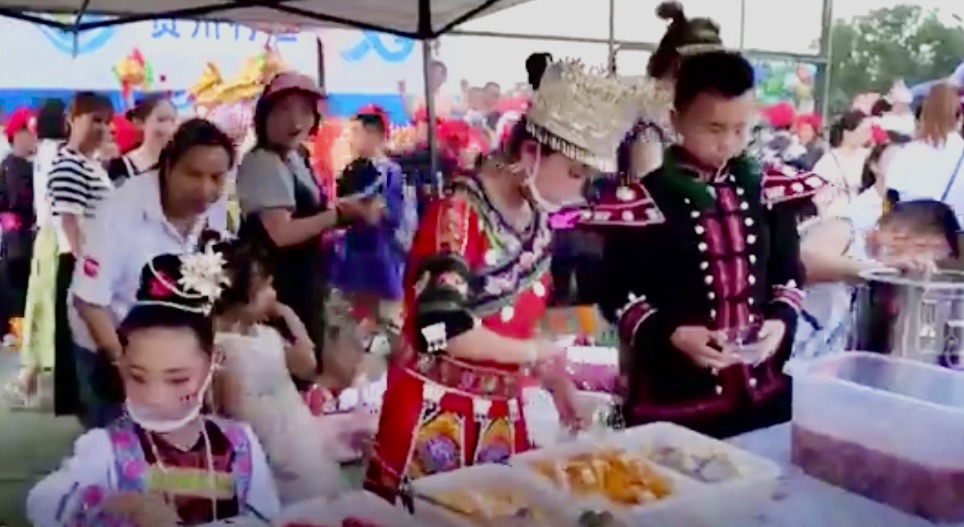
So there you have it! The future of football in China is safe. Just as football teams up and down England are indelibly linked to the local food and drink industry, in the case of Bolton Wanderers the local pasty, China has found its own ‘grassroots’.
(all photos courtesy of CGTN)